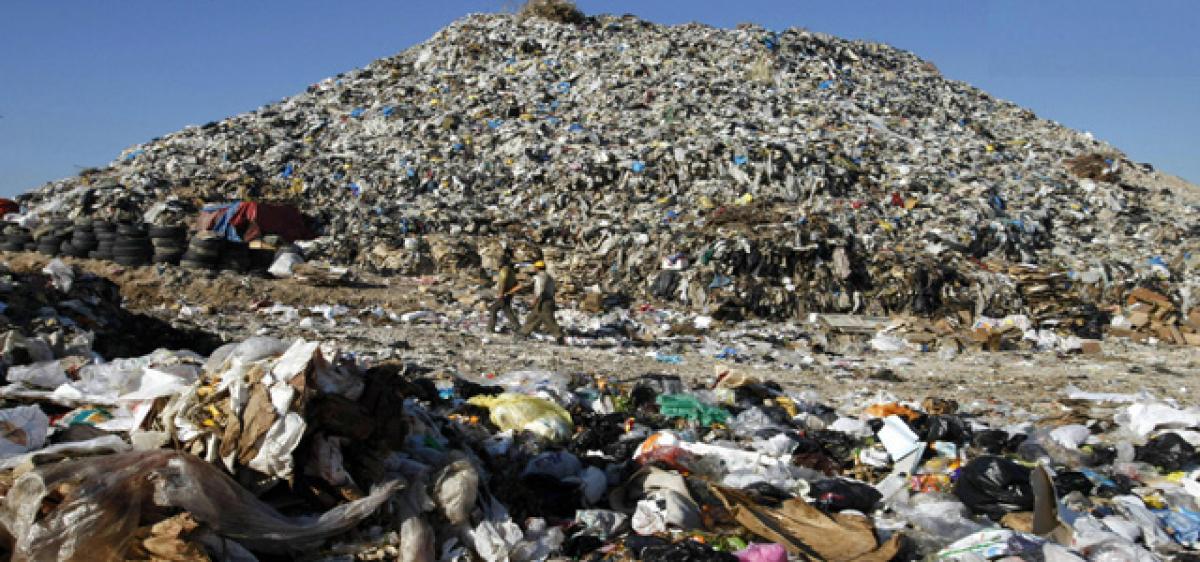Live
- SP Gaikwad Vaibhav Raghunath congratulated the inter state ranker
- Several killed and injured after junta airstrikes in Myanmar
- Did Shruti Haasan and Shantanu Call it Quits?
- Catch GV Prakash Kumar’s ‘Dear’ on OTT from April 28th
- Encounter In Sopore: Two Lashkar Terrorists Killed, Two Army Jawans Injured
- INDIA bloc aims to divide the country on religious grounds: UP CM Yogi Adityanath
- Fire Breaks Out at Alwyn Pharmacy Company in Shadnagar
- PM Modi Slams SP-Congress Alliance, Alleges Politics Of Appeasement
- BJP Utilizes Manmohan Singh's Remark To Counter Congress's Manifesto Claims
- Former MP Manda Jagannatham out of the election ring.. EC who rejected the nomination









